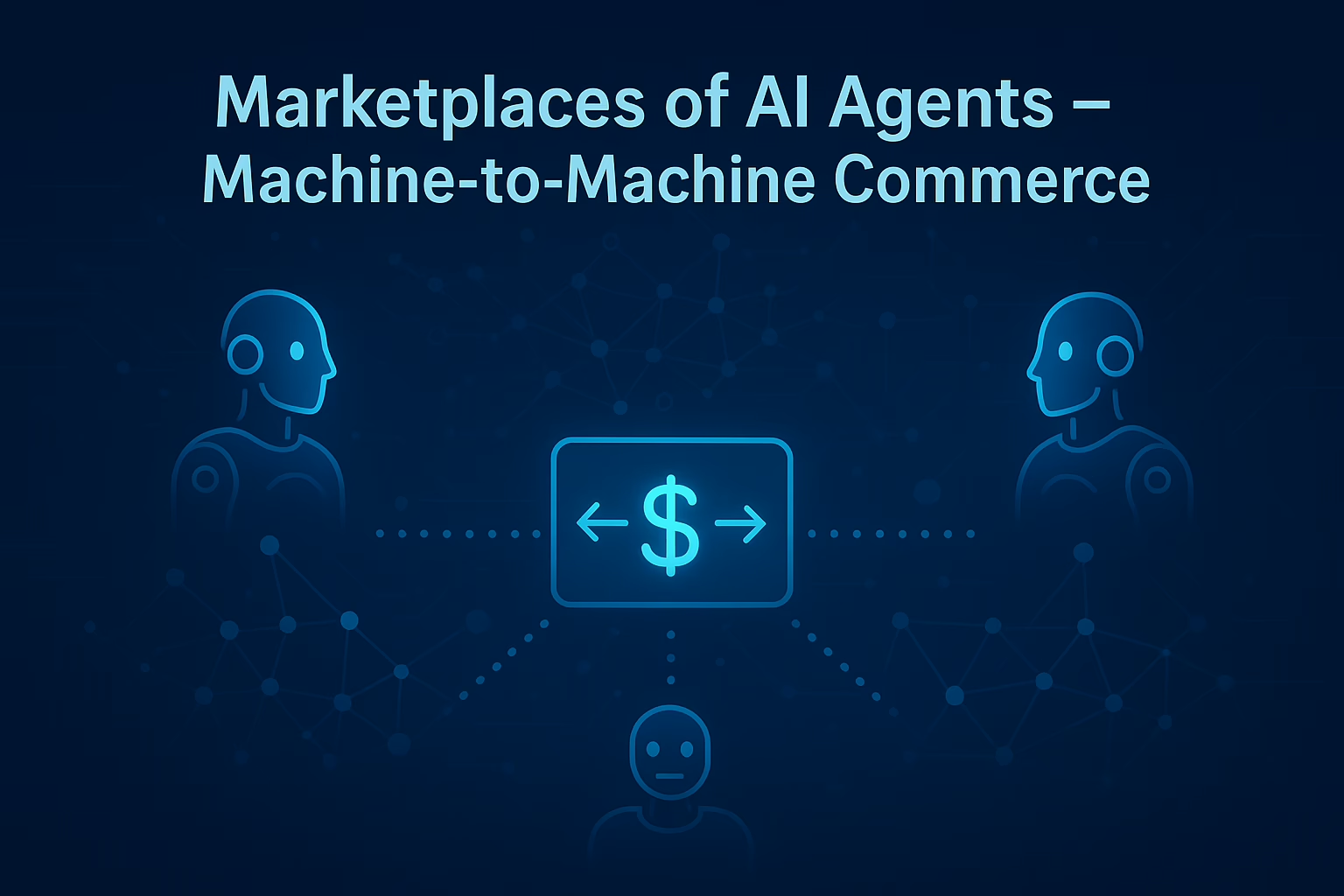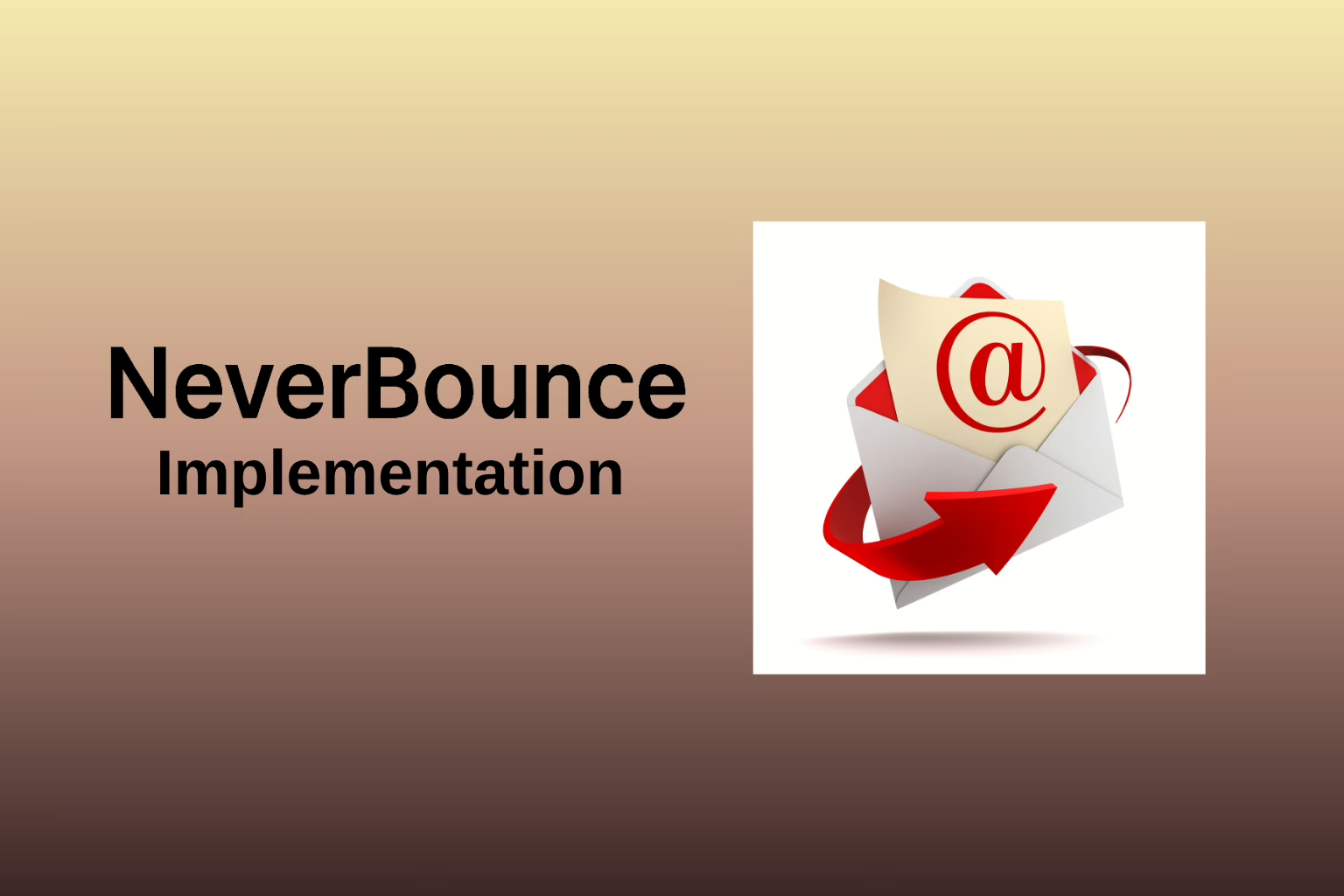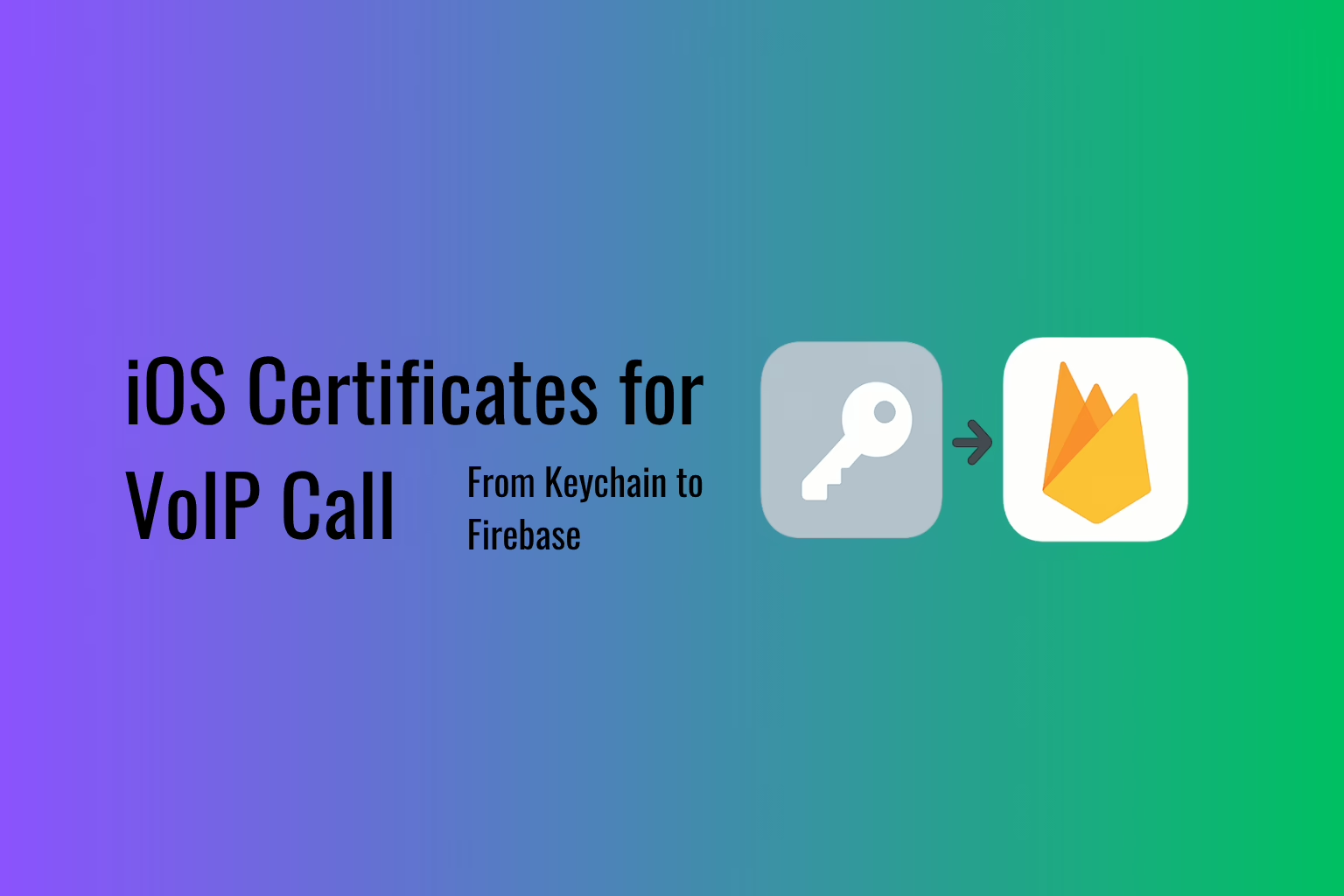Two essential components of developing Android apps are error handling and logging. Ensuring that failures are handled correctly and that events and messages are logged can aid in problem-solving, performance, monitoring, and user experience enhancement. The following outlines how to log and handle errors in your Android app
Error Management Technique
Record the application’s general error-handling plan. Describe the app’s response to various problems kinds, including network outages, internal issues, and mistakes made by users.
Error Types
List the typical error kinds and categories that could affect your program. Errors related to the user interface, the network, databases, and bespoke applications are possible.
Error Messages
List all of the error messages that the application might produce. Add a technical description, a user-friendly message, and a special error code. Support and development teams can thus use this catalog as a resource.
Error Recording
Describe how events and faults are logged by the app. Describe the logging framework or libraries that were used (e.g., third-party libraries like Timber or Crashlytics, or the built-in Logcat in Android).
Logging Levels
Describe the various logging levels that the application uses, including DEBUG, INFO, WARNING, and ERROR. Describe the types of information that should be logged at each level and when to use them.
Logging Structure
Indicate the format for log messages, making sure to include timestamps, error codes, error severity, and pertinent information.
Log Tags
Describe the process of classifying and filtering log messages using log tags. Give instructions on how to make meaningful log tags.
Logging Best Practices
Describe the recommended practices for efficient logging, including the use of organized log messages, abstaining from excessive logging, and making sure logs don’t reveal sensitive data.
Log Analysis and Monitoring
Describe the process for gathering and keeping an eye on production logs. Describe the services and tools used for log gathering and analysis such as third-party services like Splunk ELX Stack or Firebase Crashlytics.
Reporting and Notifying Errors
Record the process for reporting and notifying the development or support teams of critical errors. Specify the procedure for obtaining and handling error reports.
Stack Traces
Provide information on how to read stack traces, including line numbers, class names, and the order of method calls, if the application generates the exceptions.
Handling Uncaught Exceptions
Describe the application’s uncaught exception handling process, including any global error handling systems and any custom exception handlers
Testing Error Scenarios
In order to make sure the app’s error-handling features function as intended, explain how to replicate error scenarios during development and testing
User-Facing Errors
Record the user’s experience with error dialogues, toasts, and snack bar messages, among other user-facing problems. For error notification, use languages that are easy to understand
Recovery Strategies
If appropriate, include recovery techniques (such as instructions or troubleshooting steps) so users can fix mistakes or problems on their own.
Escalation Procedures
Give the development team instructions on when and how to report critical problems, particularly those that impact a lot of users, so they can be fixed right away.
Regular Review and Improvement
Stress the significance of routinely evaluating and enhancing error handling and logging in light of real-world usage and user feedback.
To sum up, efficient error handling and logging are essential elements in the creation of Android applications. They are essential for optimizing performance, monitoring the behavior of the app, diagnosing issues, and improving the overall user experience. A more seamless user experience may be ensured by developers by anticipating and responding properly to different sorts of failures through the implementation of a complete error management plan.
Sreyas is a prominent software and mobile app development firm, boasting extensive expertise in UI/UX design. Our global presence allows us to offer a comprehensive range of services, including data migration, database management, web hosting, infrastructure management, and more to clients worldwide.







